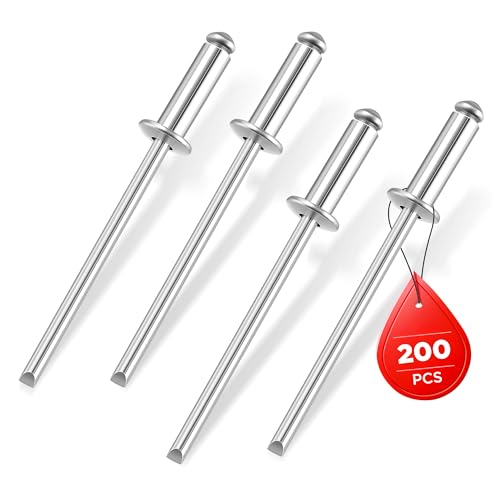There are generally two different types of speed control available now. The "5-Speed" or multi-Speed types are still using speed coils to control the speed of the motor. They don't use the same amount of power in low as they do in high, but they do use a lot more in low than a unit with a PWM controller.
The units that have a digital speed control (I-pilot, Co-Pilot) or a variable speed control (Maximizer) are using various types of PWM to control the motor speed.
Currently the speed coils are still cheaper to produce than the PWM electronics. I wouldn't be surprised to see that change in the future, and to have speed coils go away, but for now, they're still commonly used.
The units that have a digital speed control (I-pilot, Co-Pilot) or a variable speed control (Maximizer) are using various types of PWM to control the motor speed.
Currently the speed coils are still cheaper to produce than the PWM electronics. I wouldn't be surprised to see that change in the future, and to have speed coils go away, but for now, they're still commonly used.




















































